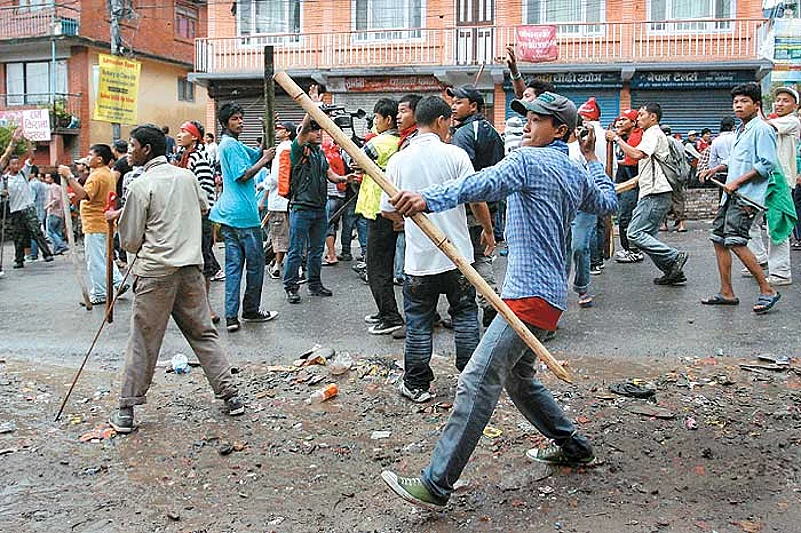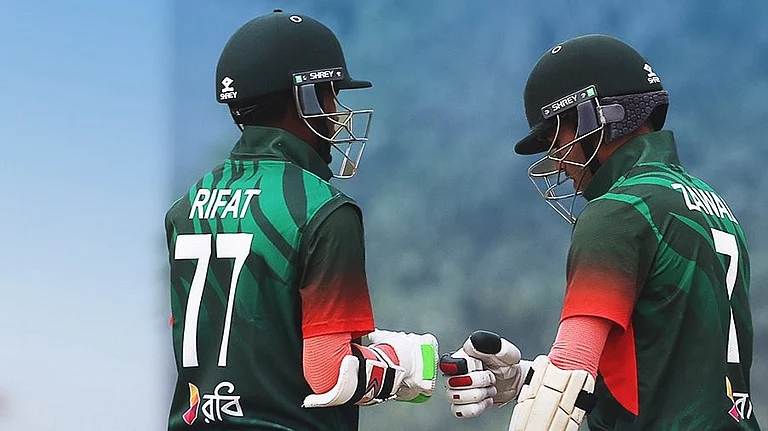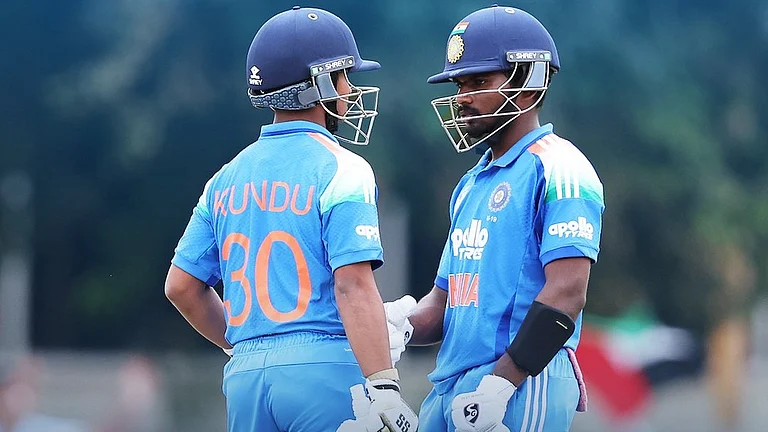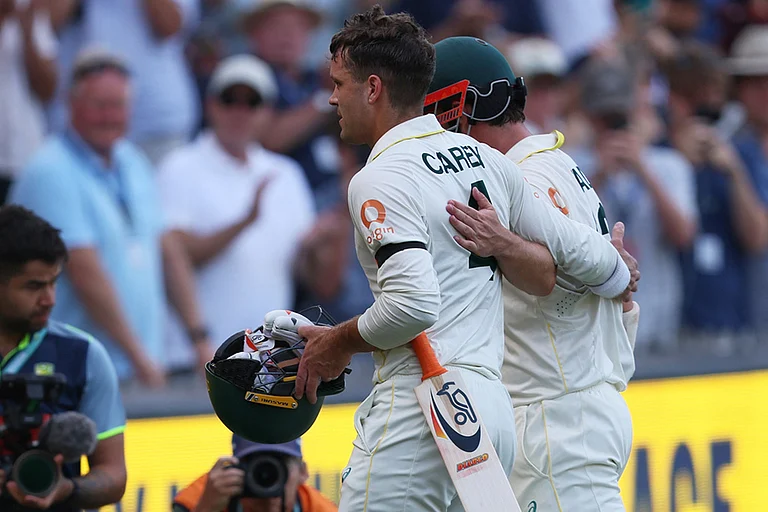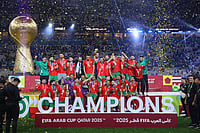For nearly one year, the Maoists in Nepal tried everything in their control to get back to power. They laid siege to Kathmandu, staged massive rallies and street demonstrations in the capital, coerced politicians, brought normal life in the city to a grinding halt and stopped all developmental activities in the country. But, for all their efforts, they have not been able to garner enough support in the Constituent Assembly to get their leader, Prachanda, re-elected as prime minister.
The former rebels, who had ended their nine-year-long insurgency to join mainstream politics on an India-initiated peace process in 2006, are once again seeking New Delhi’s help to win back for Prachanda the prime ministership he lost last year. The Maoists had then lost majority in the assembly following Prachanda’s decision to sack the country’s army chief over differences regarding the integration of erstwhile members of the People’s Liberation Army with the official armed forces.
Nepal has been without a prime minister since June 30 this year when Prachanda’s successor and CPN(UML) leader, Madhav Kumar Nepal, resigned when he lost support in the assembly. But opinion in New Delhi is divided on whether India should go with the Maoists, or whether they can be relied upon to deliver. One section believes only a Maoist government can restore peace and complete the task of writing the new constitution by the middle of next year. There are others who ask whether it is prudent for India to rely on a dispensation dominated by the Maoists. Much of this scepticism stems from the challenge that India faces from its own Maoists. However, those in favour of allowing the former rebels a “second chance” in government argue that their presence in Nepal may help in convincing Indian Maoists to give up arms and join mainstream politics.
The Indian prime minister’s special envoy Shyam Saran, a former foreign secretary who has also served as India’s ambassador to Kathmandu, was in Nepal earlier this month, meeting and consulting leaders of various Nepalese political parties on how to break the current deadlock. He also held a series of meetings with the top leadership of the Maoists. Sources say the Maoists—who are otherwise occasionally prone to anti-India rhetoric—themselves sought India’s help in building a consensus with the other parties in favour of Prachanda’s candidature. But Indian interlocutors have clearly told them that unless they fulfil their part of the bargain, it will be difficult for the other parties to repose trust in them. Despite taking to the streets, the Maoists have so far reaffirmed their commitment to the peace process.
However, they have done nothing so far on three crucial issues—returning the properties they had seized from others, disbanding the Young Communist League, a militia group accused of coercion and extortion by political opponents and Nepalese businessmen, and fixing the number of Maoist cadres who are to be integrated into the Nepal army.
Prachanda and the Nepali Congress leader, Ram Chandra Poudel, had made an abortive attempt earlier this month to win the prime ministership. The assembly will meet on August 22 to see if one of them can manage the required support to get elected to the post. There are indications that neither may succeed.
Though the Maoists are the largest single party in the 601-seat assembly with 229 seats, they are well short of a majority, and Prachanda would need to lean on other parties. The Nepali Congress, with 115 seats, is the second largest party while the CPN(UML) with 108 seats is the third largest. It is clear that the Maoists will have to get support from either the NC or the CPN(UML) to pull through. The other option for the Maoists is to win over the two Terai-based parties: the Madhesi Jana Adhikar Forum Nepal and the Tarai Madhesi Loktantrik Party have 54 and 21 seats respectively in the assembly. Politically, though, the two sides tend to be rather wary of each other.
Nepal watchers in New Delhi feel India must not allow the situation in Nepal to drift. “India has a stake in the peace process in Nepal and it should use all its influence to ensure that it moves forward,” K.V. Rajan, former Indian ambassador to Nepal, told Outlook. He pointed out that while India does not have to micromanage events in Nepal, it can certainly create the “right atmosphere” for a resolution of the present crisis. But former Indian foreign secretary Kanwal Sibal, describing the present situation as “extremely complicated”, offers a counter-view. He told Outlook, “If we stand aloof and do nothing we are accused of being indifferent. But if we try and do something, then we are accused of interference.”
Few would deny the high stakes India has in Nepal. The open borders that separate the two countries not only allow free movement of people but also permit Indians and Nepalese nationals to study, work and live in each other’s country. Land-locked Nepal has traditionally relied on India for the movement of its goods, while India has regarded Nepal as a buffer between it and China. Most political actors in Nepal, irrespective of affiliations, have also drawn sustenance from India in the past. It was largely due to India’s initiative—which was, to be sure, offered somewhat reluctantly—that the Maoists ended their insurgency, entered into negotiations with other parties and signed agreements that led to the abolition of monarchy and allowed Nepal to hold an election to rewrite its constitution.
Prolonged political instability in Nepal is a cause of concern for India. New Delhi is aware that long spells of unrest there can have serious negative impact on India, especially at a time when it is facing a Maoist insurgency of its own. Moreover, peace and stability in the neighbourhood is essential for India’s own growth and development.
India may continue to dither or it may decide on what kind of a dispensation in Kathmandu suits it best. But there is no guarantee that a decision, when taken, will break the political stalemate and restore peace and stability in Nepal.






